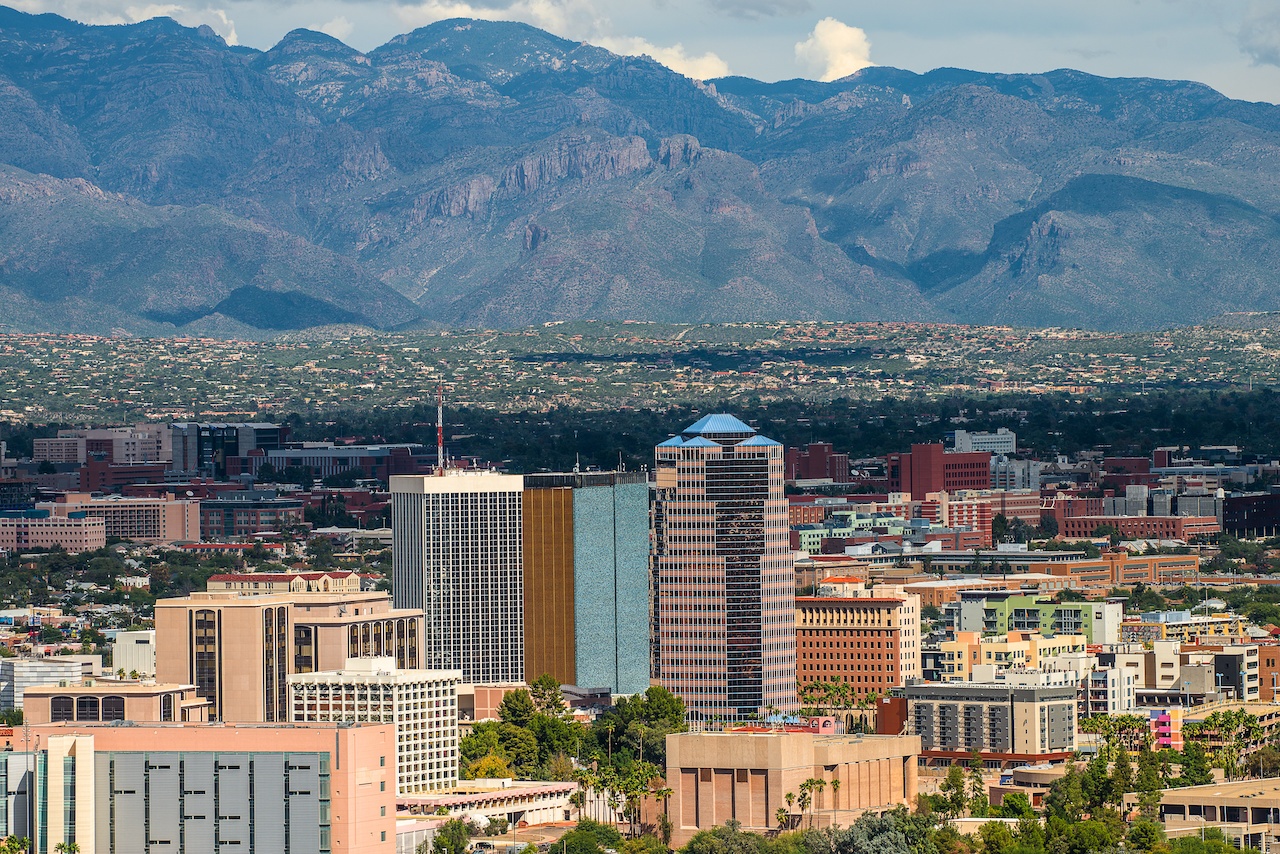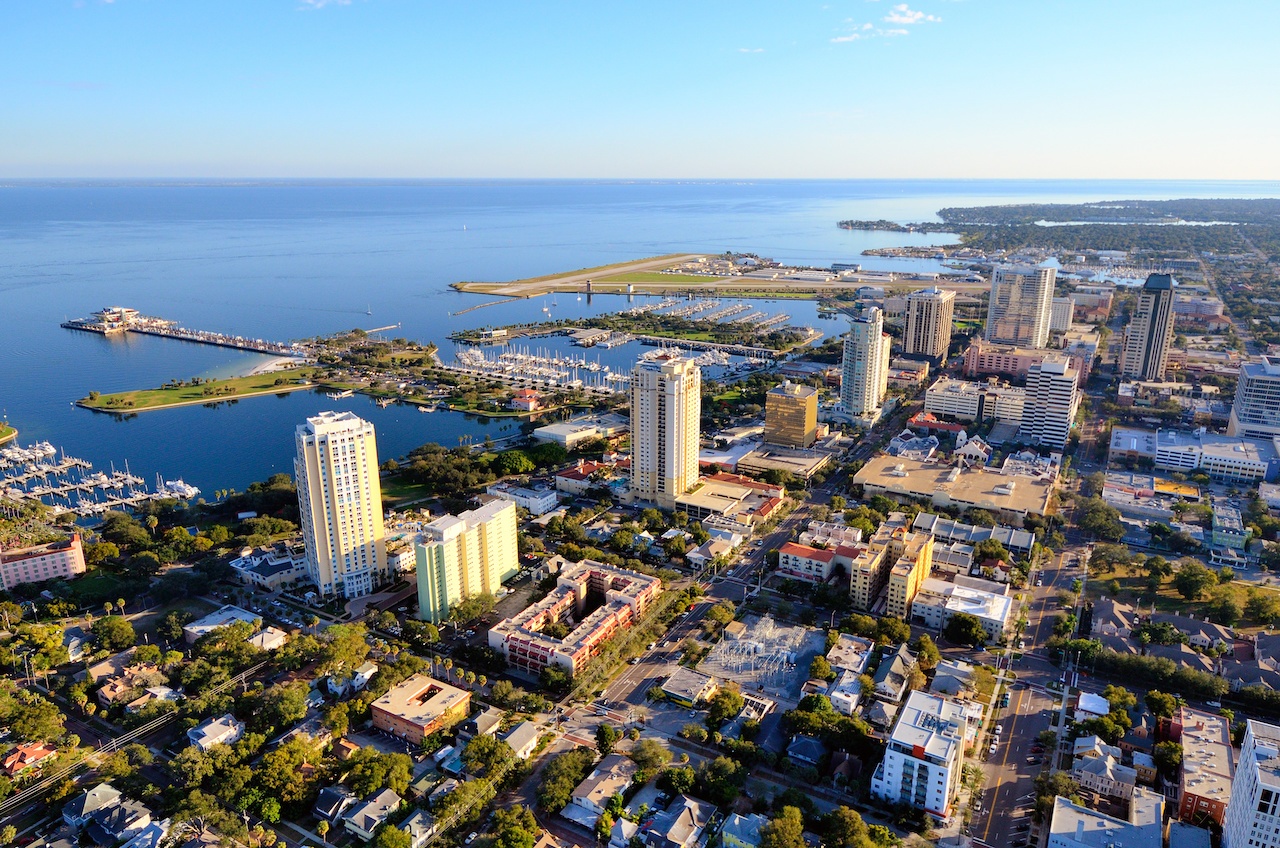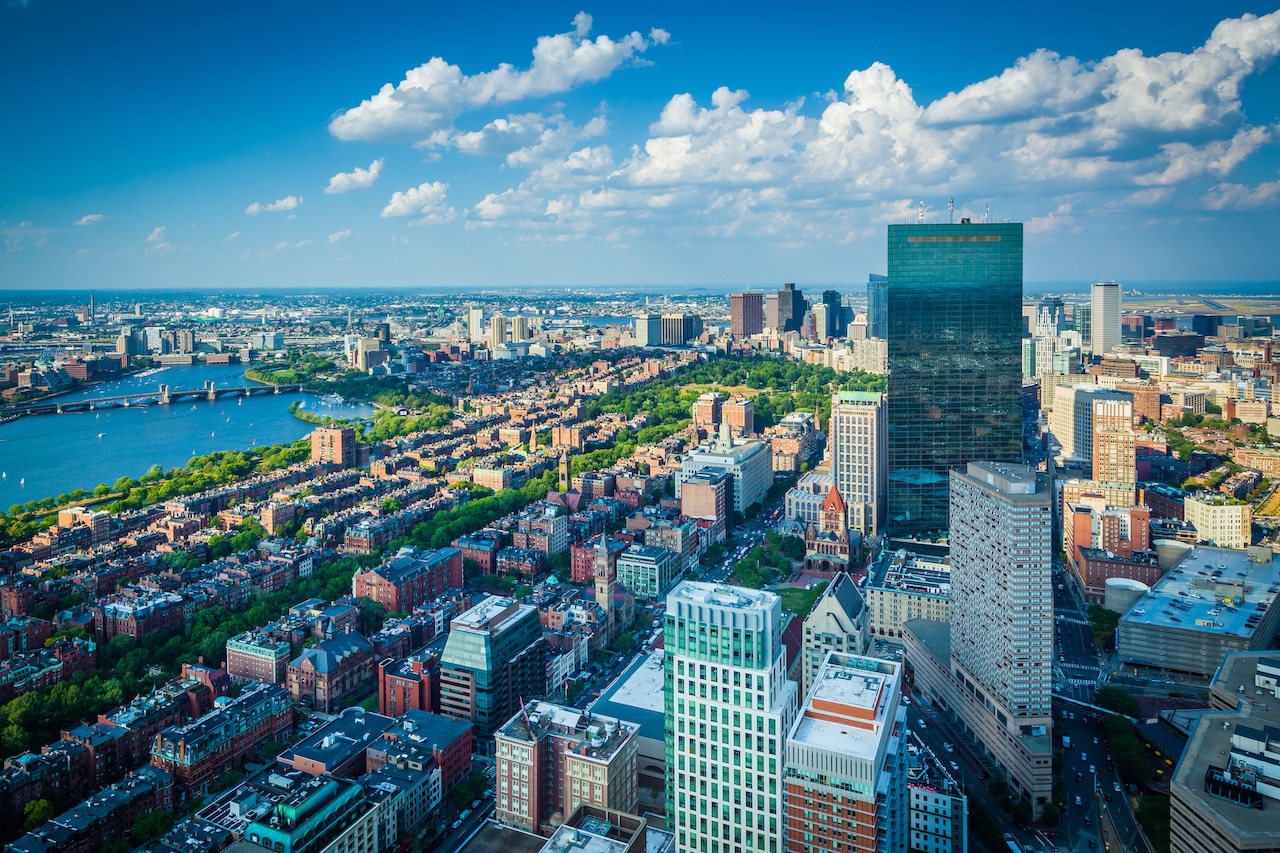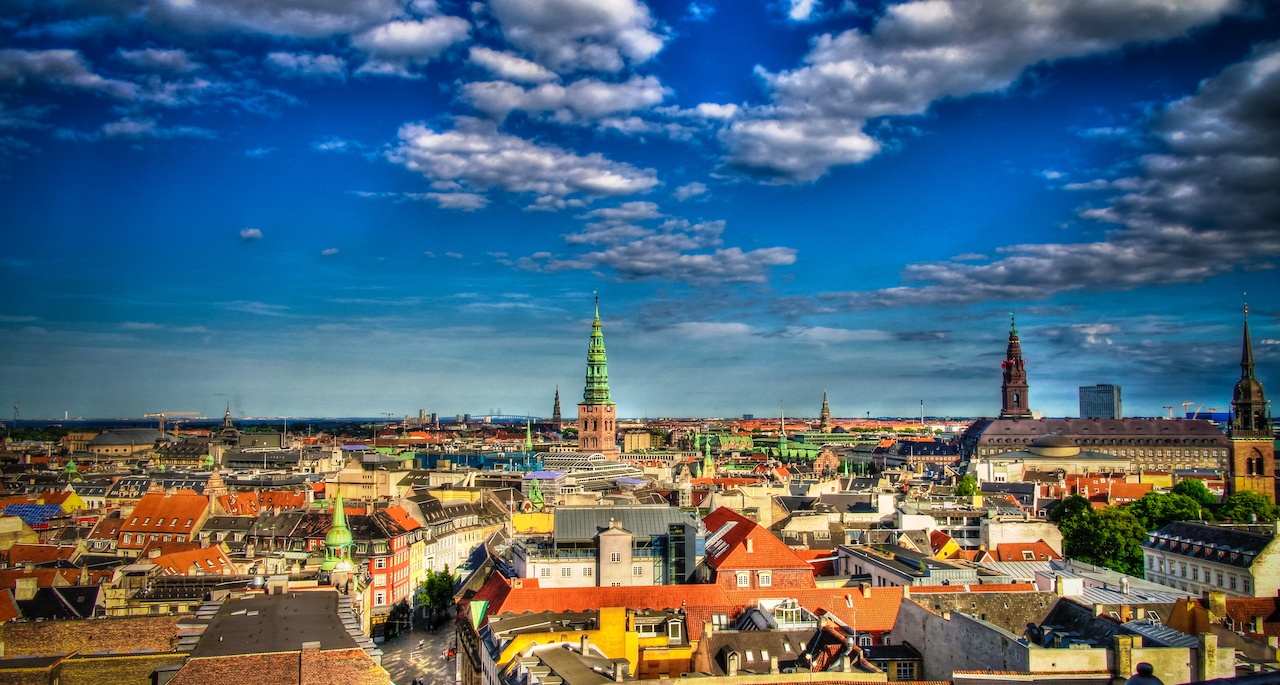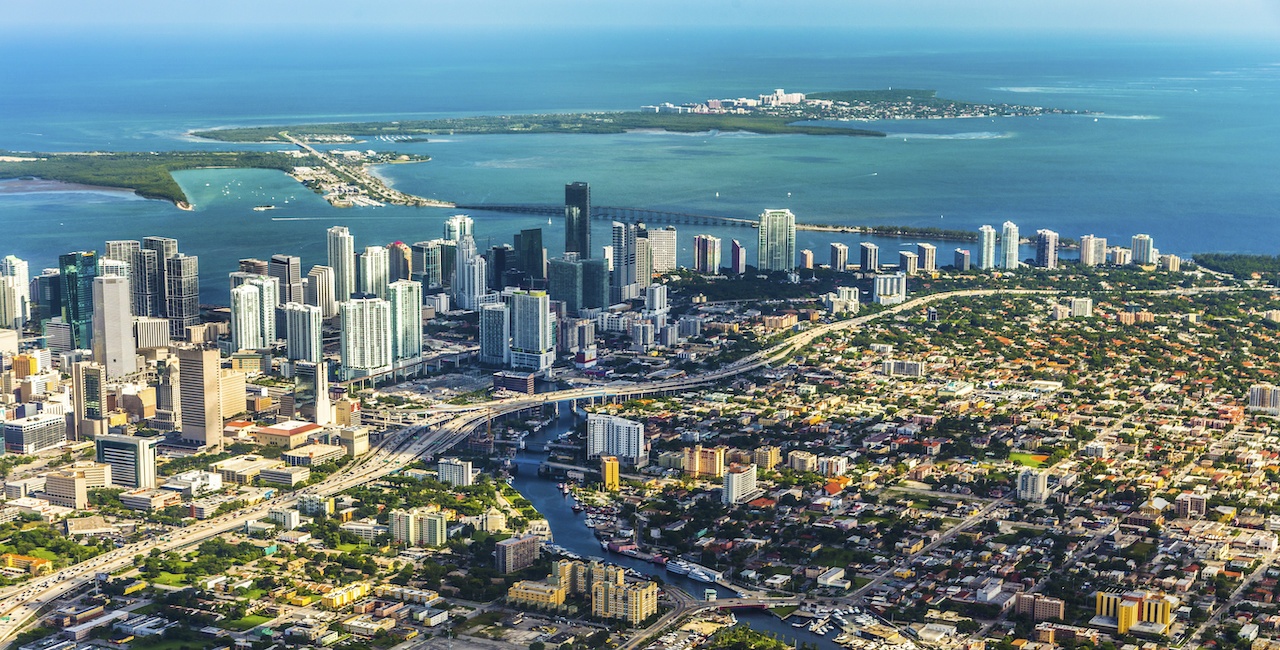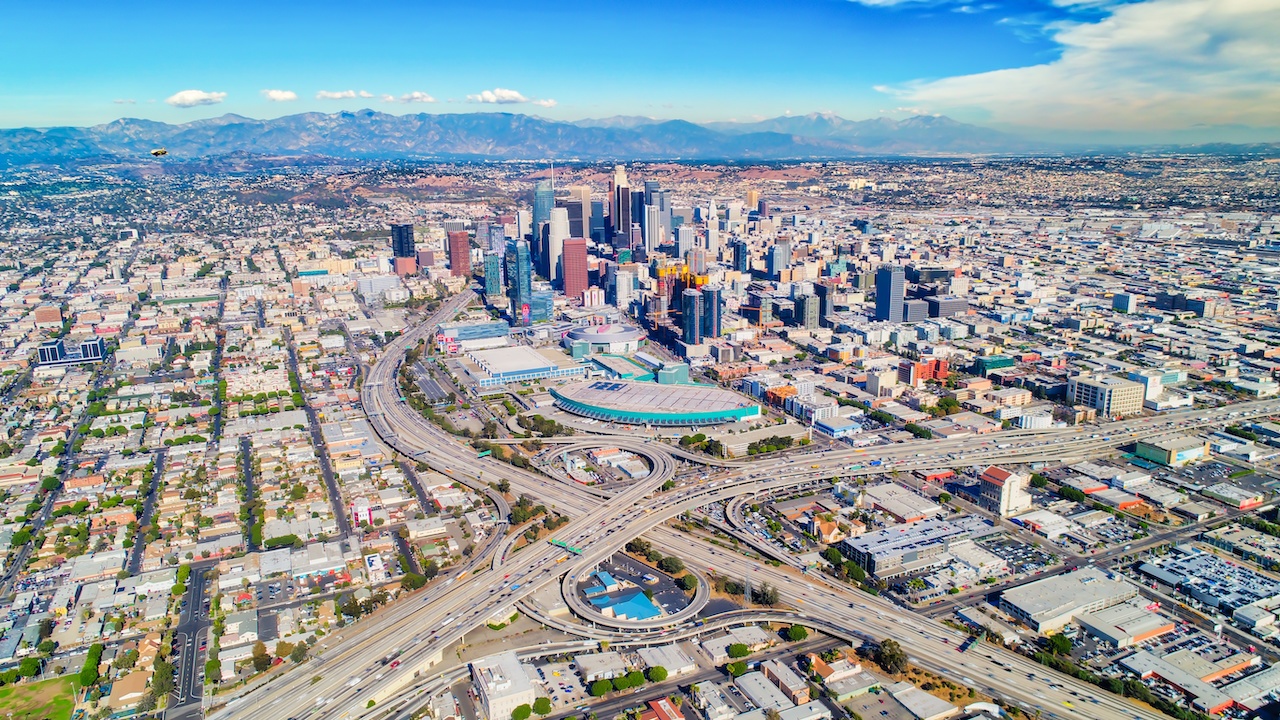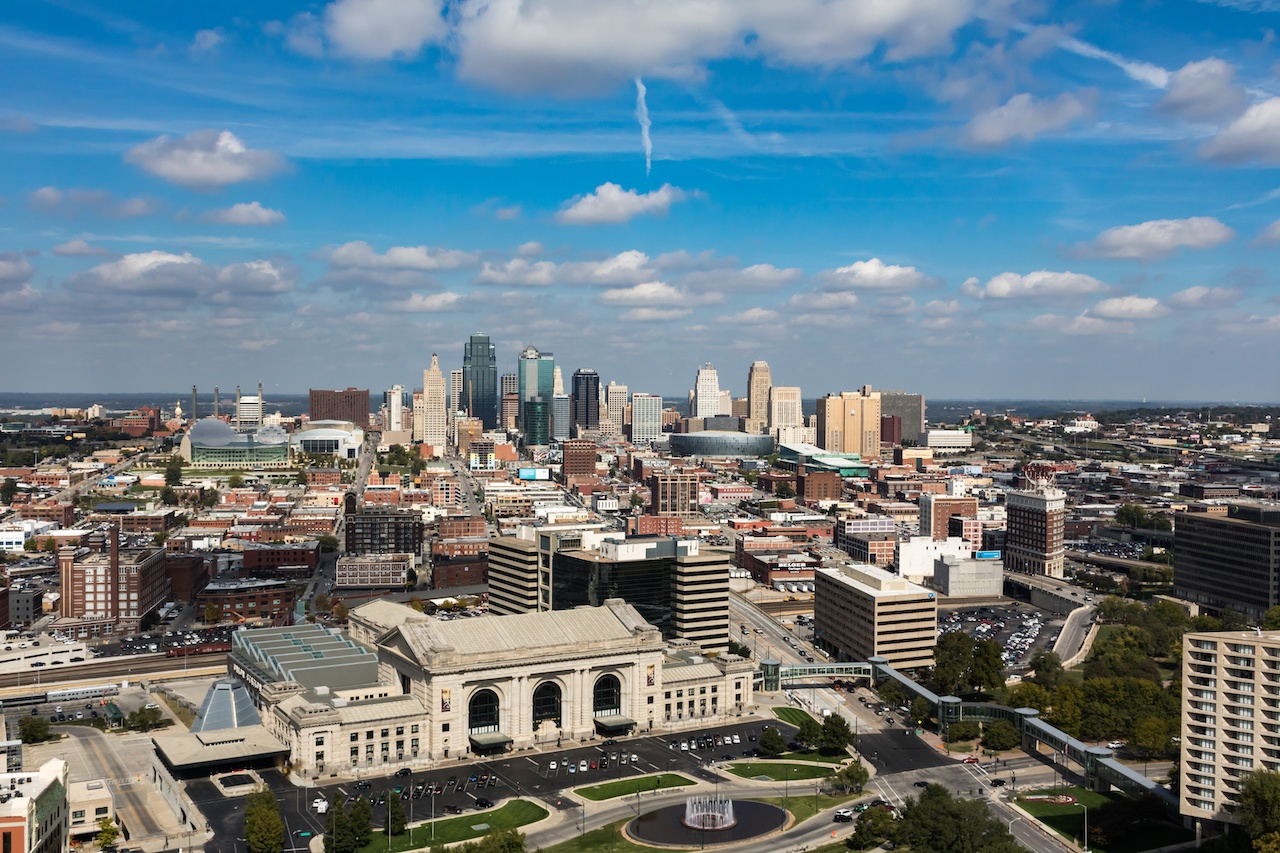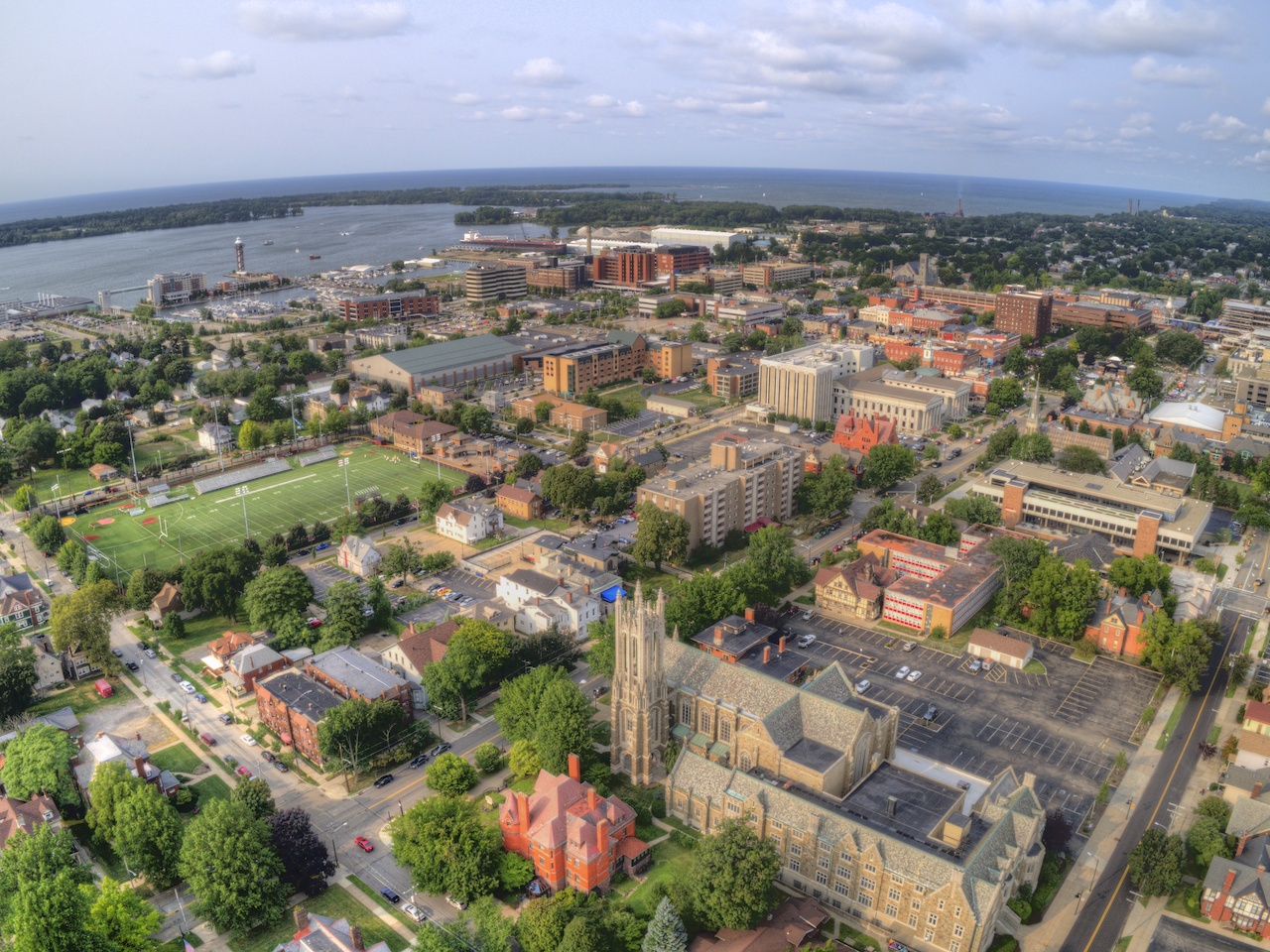Infrastructure
A broad category of content focused on infrastructure-related topics in cities.
Examples: the built environment, building management systems, smart lighting, airports, street design
Landscape Solutions for Smart, Healthy, Resilient Cities
Landscape architects have long been designing for these multiple benefits, and their broad training and systems thinking makes them well-equipped to tackle new challenges brought on by a changing climate, increasing urbanization, and growing inequity. Cities are landscapes and should be planned and designed using a landscape approach; one that considers the larger systems and flows of water, energy, waste, species, and people and how they are nested at various scales. The landscape approach results in distinct multi-functional spaces that are so well resolved that the design intricacies may not be apparent at first glance. These landscapes respond to their context to facilitate connections, transitions, circulation, and views, in addition to addressing key project goals.
Climate Change is Challenging Historic Assumptions for Urban Resilience
Climate change impacts can be a confusing and complicated topic. What are vulnerabilities, when should we be concerned, how much is it going to cost? While all of these are critical questions, the protection of communities can start with one question:
Is our community protecting public health and safety by preparing for a future environment?
Preparing a community for climate resilience requires an understanding of future conditions, a strategy for adaptation, and a commitment to designing and building a community that values public health and safety.
The Case Against Freeway Expansion
While some cities across the country consider new highway projects, it is those pursuing alternative strategies that are thriving.
Incorporating Green Infrastructure into Our Cities
Green infrastructure reduces risks to gray infrastructure from hazards such as flooding and wildfire. It improves the performance and reduces the costs of operating gray water infrastructure when the two are integrated. In some cases, green infrastructure can be a more cost-effective alternative than gray. No one is currently bothering to grade our green infrastructure, yet keeping this infrastructure healthy is important to everyone in the US.
A New Era for Microgrids
Even as private developers become familiar with the technical challenges and opportunities of microgrids, they face difficulty in determining how to procure them. Plant ownership is a major consideration to developers as they study microgrid feasibility on large projects. Multi-year project phasing and uncertainty about long-term ownership of their assets makes it difficult for developers to justify the cost of a microgrid, especially in the concept stage when the Smart Utilities microgrid assessment takes place.
5 Ways to Improve the Delivery of Road Projects
A study of more than 20 national and sub-national road-infrastructure delivery systems across the world was undertaken, to uncover root causes and improvement pathways. In consultation with leading industry experts, we developed a diagnostic for the full infrastructure delivery system across five key areas.
The Future of Cities
Ordered city geometry that is built today is meaningless for energy cycles. Resilient networks contain inherent diversity and redundancy, with optimal cooperation among their subsystems, yet they avoid optimization (maximum efficiency) for any single process. They require continuous input of energy in order to function, with energy cycles running simultaneously on many different scales.
Short-term urban fixes only wish to perpetuate the extractive model of cities, not to correct its underlying long-term fragility!
Planning for the New Economy
Strengthening regional economies means growing new industries, supporting local business, improving access to family-wage jobs, and building opportunity for all. However, land use and transportation policy and investment decisions are largely isolated from the aspirations of businesses and their workers. A better approach is needed.
5 Ways Multi-Use Trail Systems Transform Communities
Building healthy places for healthy people is embedded in Rails-to-Trails Conservancy’s mission. More than 60 percent of people in the US fail to get the recommended 150 minutes of physical activity each week, and 25 percent are completely inactive. Millions of Americans use trails to become more active and the low-stress, traffic-free environment entices people of all ages and abilities. Safe places to walk or ride are a critical option given rising pedestrian and bicycle fatalities and serious injuries.
Reducing Traffic’s Role in Climate Change
With transportation emissions creating such a large portion of the climate change problem, leaders and managers in this field inherently adopt the responsibility to make a change. Parking management can help contribute to the overall goal, even if just a small piece of the larger puzzle.
The Smart City Under Our Feet
As the smart infrastructure space gets more and more crowded, many utility leaders feel overwhelmed with the prospect of using these technologies. There is always one more thing to get accomplished before bringing in a smart infrastructure project. So, what should be considered when getting started?

